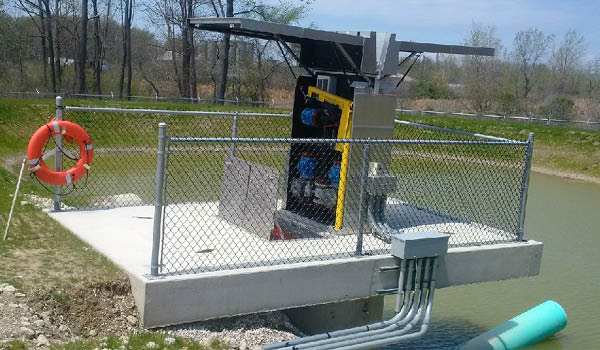Advantages of Pre-Packaged Pump Stations
What are the advantages of a pre-packaged pump station?
Pre-packaged pump stations are cost-efficient ways to make sure your pump station is optimized for your requirements. Common advantages include engineering support, project management to assist jobsite coordination, manufacturing, assembly and factory testing of the pump station, all before it is delivered to the jobsite.
Determining the Right Pump & Station
How do you determine which pump is best suited for a specific job application?
Pumps can be used in a wide variety of applications. Everything from sanitary wastewater and stormwater pumps, to potable drinking water and numerous industrial manufacturing solutions all need the right pump for each application. The simplest place to start is to determine what fluid needs to be pumped. From there, calculate the gallons per minute (GPM), total dynamic head (TDH) and confirm the static head. This will all assist in selecting the pump with the best blend of capability and efficiency for a specific application.
What are the key deciding factors when choosing a particular pump type for a pump station? Non-clog, chopper or grinder?
The design flow rate, force main size, wet well design, electrical service and solids content in the pumped media are key deciding factors in making a pump selection for a pump station.
What is the difference between a pump station, lift station and booster station? Are they interchangeable?
A pump station and a lift station both require a wet well below ground to collect wastewater or stormwater, and these two names are commonly interchangeable. However, a booster pump station is not interchangeable and is specifically used for potable drinking water distribution systems where water pressure is low or for filling water towers in remote areas.
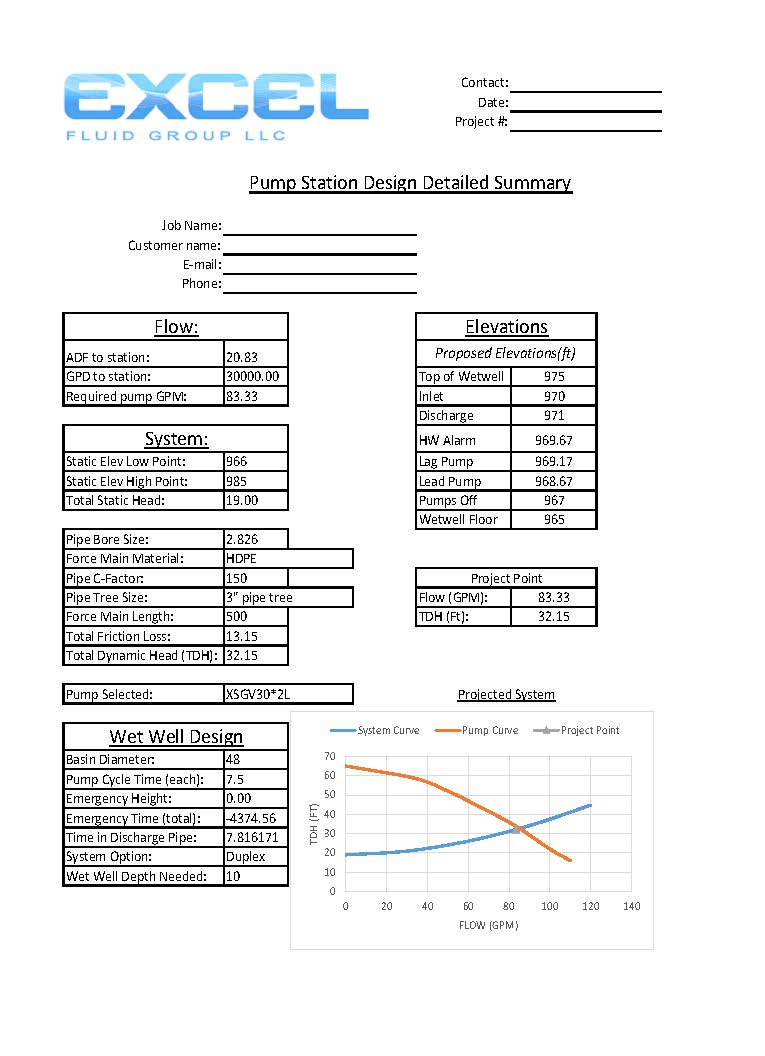
Pump Station Maintenance
How long should a pump station or submersible pump last?
Generally, pump stations are designed to have a 50-year life span. However, if a high-density polyethylene (HDPE) or polymer concrete wet well is used, then a 100-year design life is achievable. That said, a submersible pump spends its life in a dirty corrosive environment, and like other mechanical equipment, is subject to natural wear and failure. Because of this, a common life span of a submersible pump is 15-20 years depending on usage.
How can I prolong the life of my pump station?
Regular preventative maintenance of any pump station can help keep it running at optimal performance and prolong the service life. General service includes removing debris and cleaning the interior of the wet wells, exercising the valves, testing each pump motor, checking piping for buildup and performing electrical checks on the pumps and switchgear. That is why we created our Maintenance Plus program to give you the peace of mind knowing that we have you covered with a routine service schedule.
How much maintenance does a typical pump station cost the owner/operator/customer per year?
Maintenance cost varies based on the pump station type. Age and equipment wear and failure directly impact this budget. A good rule of thumb when planning annual pump station maintenance costs is $250 to $500 per month as this will provide available funds if a pump, valve or electrical switchgear needs to be replaced or upgraded depending on the pump station size. However, with our Maintenance Plus Quarterly Plus agreement, we include free replacement pumps (up to 20hp), replacement control components, remote monitoring and any other spare parts related to the pump station.
Pump Station Structures & Environments
Does every pump station need a wet well structure? What do wet well structures do?
Yes, every sanitary or stormwater pump station requires a vertical or horizontal wet well to collect water and avoid backups or sewer overflows in the collection system. This wet well provides storage capacity and a working volume to ensure pumps are not running constantly, which consumes energy and could lead to premature failure.
Does soil type/environment conditions/location play a part in determining which wet well basin material type is used?
Groundwater infiltration or groundwater level does impact what wet well type is best suited for a given application, but the main factor in this decision is client or engineer preference. There are distinct advantages of each wet well type when making this choice.
- HDPE is widely considered a premium product considering its ultra-long lifespan and ease of both installation and maintenance.
- Concrete wet wells are very common, often with coating material or additives to increase life expectancy.
- Fiberglass brings corrosion-resistant benefits and is especially common in smaller wet well structures.
We can quickly review an application and help indicate a budget for the optimal wet well basin material.
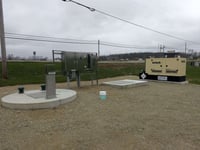 |
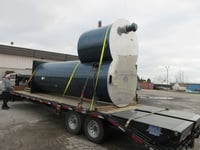 |
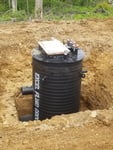 |
Pump Station Cost
How much does a pump station typically cost?
Budgetary cost estimates for your packaged pump station application vary widely and there are several factors that contribute to this budget.
- A small duplex fiberglass pump station with grinder pumps and basic controls can range from $15,000 to $45,000 uninstalled.
- A custom-designed concrete pump station with an above-ground piping/controls building can range between $200,000 and $400,000 uninstalled.
The pump type, pump brand, pump horsepower, wet well depth and diameter, electrical controls and communication systems all impact this pump station budget. A qualified pump station supplier will be able to review the basic size and working requirements of an application and provide budgetary costs quickly, as well as suggest upgrade options for specific requirements.
Pump Station Installations
I’m tight on space, near a roadway, creek and property line. What is the best way to get a pump station on a compact footprint?
A compact pump station like the NoVault™ will utilize an above-ground enclosure mounted directly on top of the wet well. This removes the underground valve box (vault) typically provided in a traditional pump station design. This design significantly reduces footprint size while providing safe and efficient operator and maintenance access.
A riser can also be provided to ensure the valves and controls are above the 100-year flood levels. Older designs with below-grade valve vaults requiring confined space entry are becoming less desirable. Above-ground enclosures combine the benefit of compact footprint with operator safety and service convenience for the ultimate package pump station.
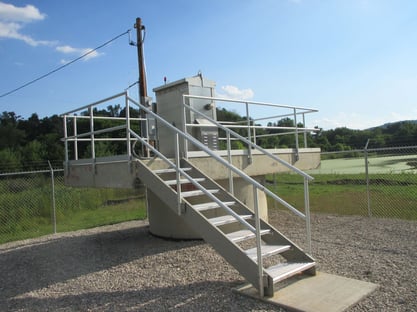 If you have additional questions about water and wastewater pump stations, contact us today!
If you have additional questions about water and wastewater pump stations, contact us today!


